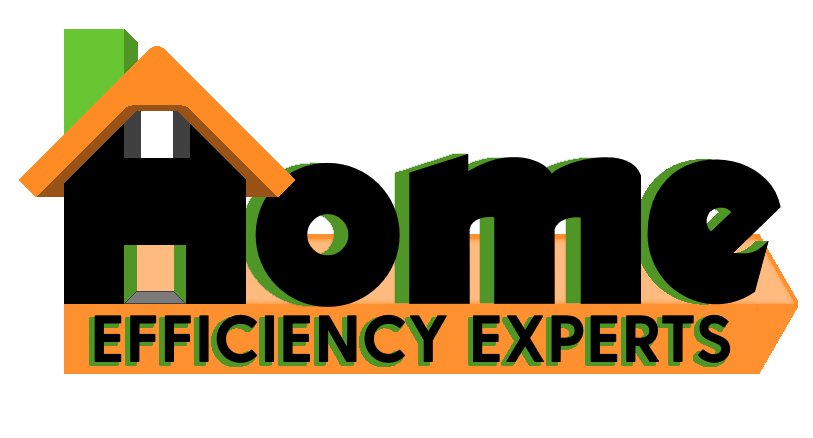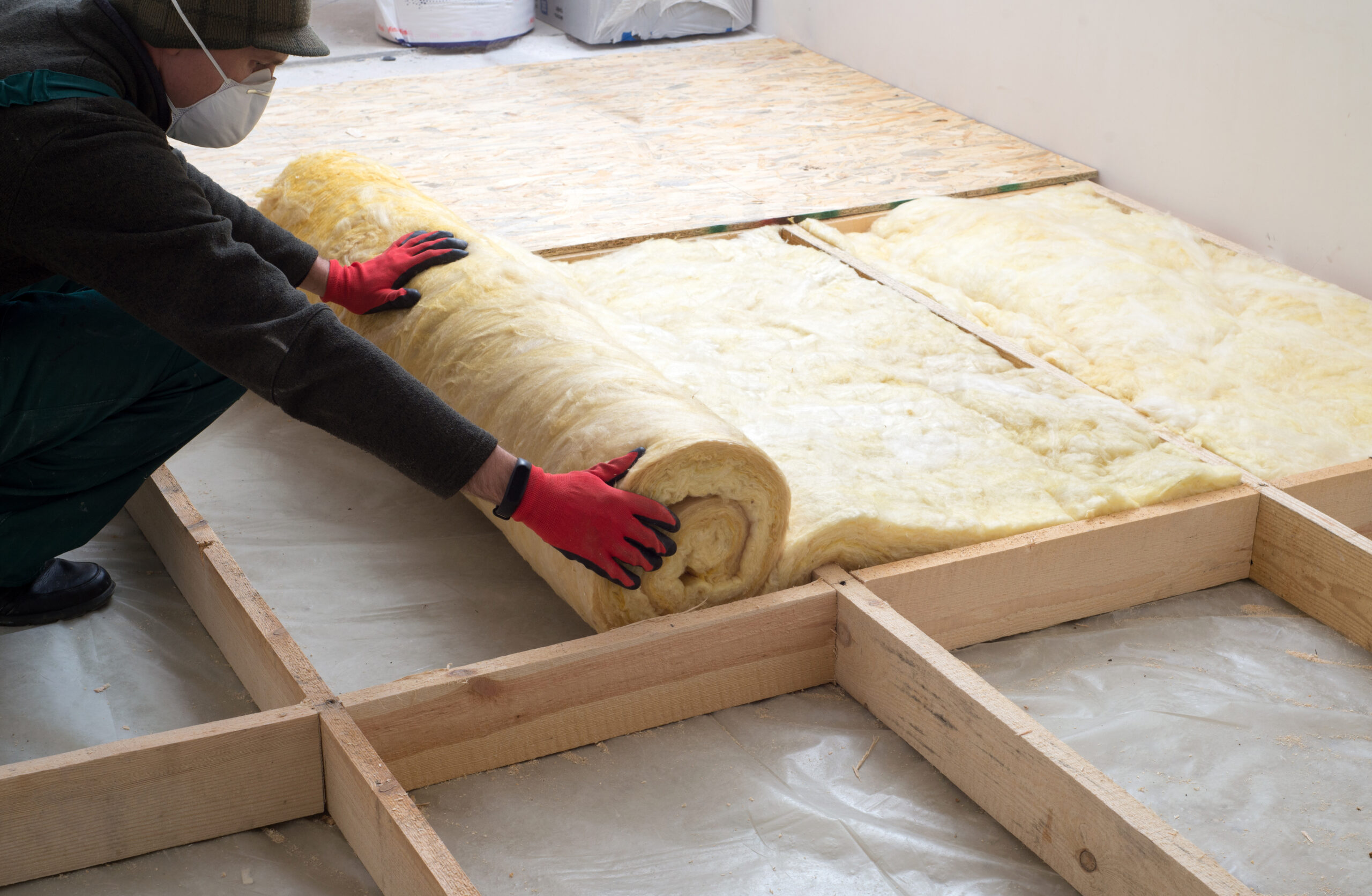The Science Behind Insulating and Air Sealing a House
Your home’s thermal boundary is the barrier that resists the flow of heat between the inside and outside. Insulation is the material that slows down heat movement, helping to maintain stable indoor temperatures.
The pressure boundary is the system that prevents uncontrolled air movement into and out of a home. This air movement occurs through cracks, gaps, and holes in walls, ceilings, attics, and basements—often in places homeowners can’t see.
When air leaks through these gaps, it carries heat with it. In winter, warm indoor air escapes, forcing your heating system to work harder. In summer, hot outdoor air seeps in, making your air conditioning less effective. If insulation isn’t paired with proper air sealing, your home’s thermal boundary is compromised, and you’ll continue to experience temperature fluctuations, drafts, and high energy bills.
Why Insulation Without Air Sealing Isn’t Enough
Many homes, especially older ones, were either built with little attention to air sealing or have moved, shifted, and deteriorated to create more leaks. Even if a home has been retrofitted with modern insulation, gaps, cracks, and leaks in the building envelope allow conditioned air to escape. Without air sealing, insulation:
- Loses effectiveness – Insulation works by trapping air to slow down heat movement. If air is constantly leaking through gaps, insulation can’t do its job properly.
- Can become damaged – Air leaks can bring in moisture, which can lead to mold growth, compressed insulation, and reduced effectiveness over time.
- Doesn’t stop drafts – Many homeowners feel uncomfortable in their homes because of air leaks, not just poor insulation. Without air sealing, drafts will persist.
The Impact on HVAC Efficiency
When insulation and air sealing are properly integrated, your HVAC system doesn’t have to work as hard. A well-sealed and insulated home:
- Maintains a stable indoor temperature
- Reduces energy waste
- Extends HVAC lifespan
Air Sealing & Insulation: A Step-by-Step Approach
At Home Efficiency Experts, we use building science-backed methods to ensure that both the thermal and pressure boundaries work together. Our process includes:
- Comprehensive Home Energy Assessment – Using blower door tests and thermal imaging, we identify where air leaks and insulation gaps are causing energy loss.
- Strategic Air Sealing – We seal gaps, cracks, and penetrations in attics, basements, crawl spaces, and walls using high-performance materials.
- Professional Insulation Installation – Once air leaks are sealed, we install high-quality insulation that provides maximum efficiency and long-term performance.
- Testing & Verification – We conduct post-installation testing to ensure your home is properly sealed and insulated, optimizing energy savings and comfort.
Depending on the area of the home, we also install spray foam insulation, which air seals and insulates simultaneously. Spray foam insulation comes with a higher R-value than foam board or cellulose insulation and can even improve the stability of your home’s structure.
Get the Full Benefits of a More Efficient Home
Insulation and air sealing are not separate upgrades—they are essential components of a whole-home energy solution. Without air sealing, insulation can’t work effectively, and without insulation, air sealing alone won’t provide the full benefits of energy efficiency.
At Home Efficiency Experts, we take an integrated approach to insulation and air sealing, ensuring that your home’s energy performance, comfort, and air quality are maximized.
If you want to eliminate drafts, lower energy costs, and improve year-round comfort, now is the time to schedule a home energy assessment.

